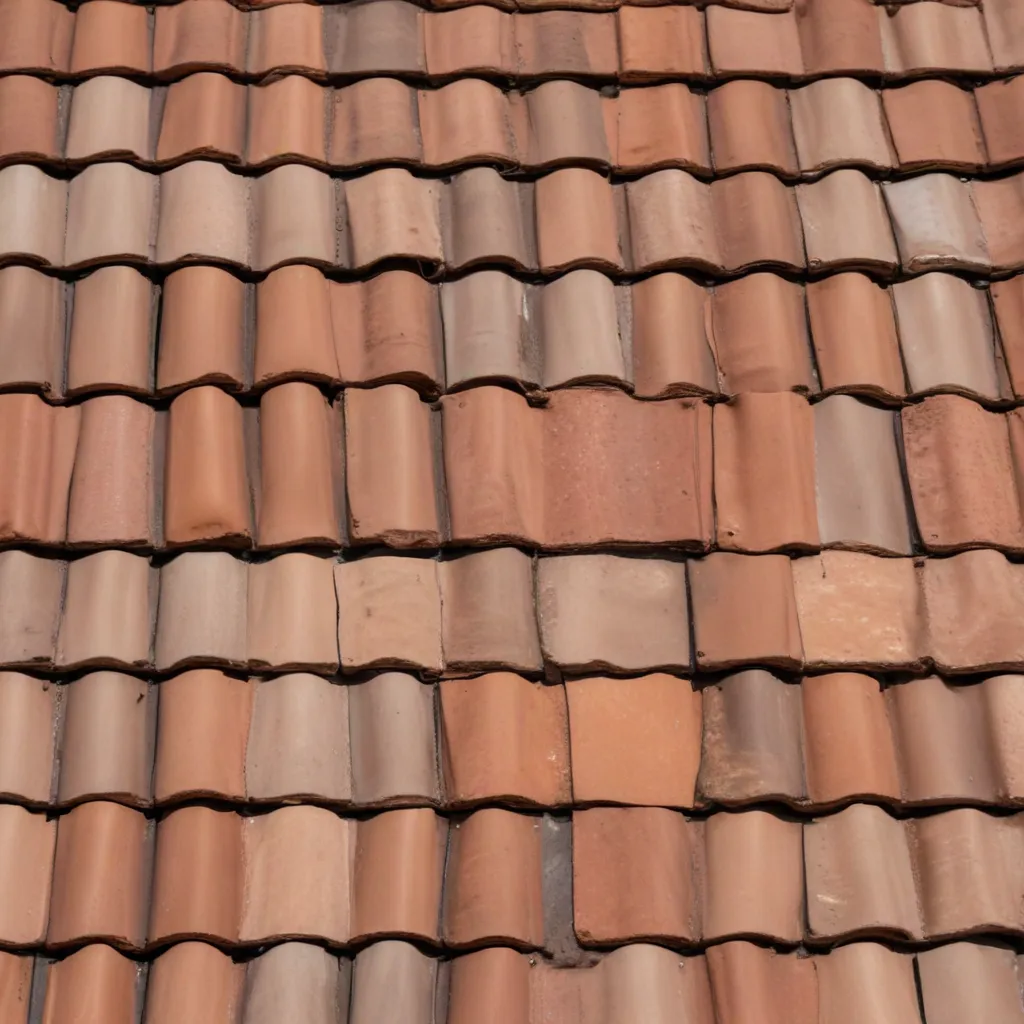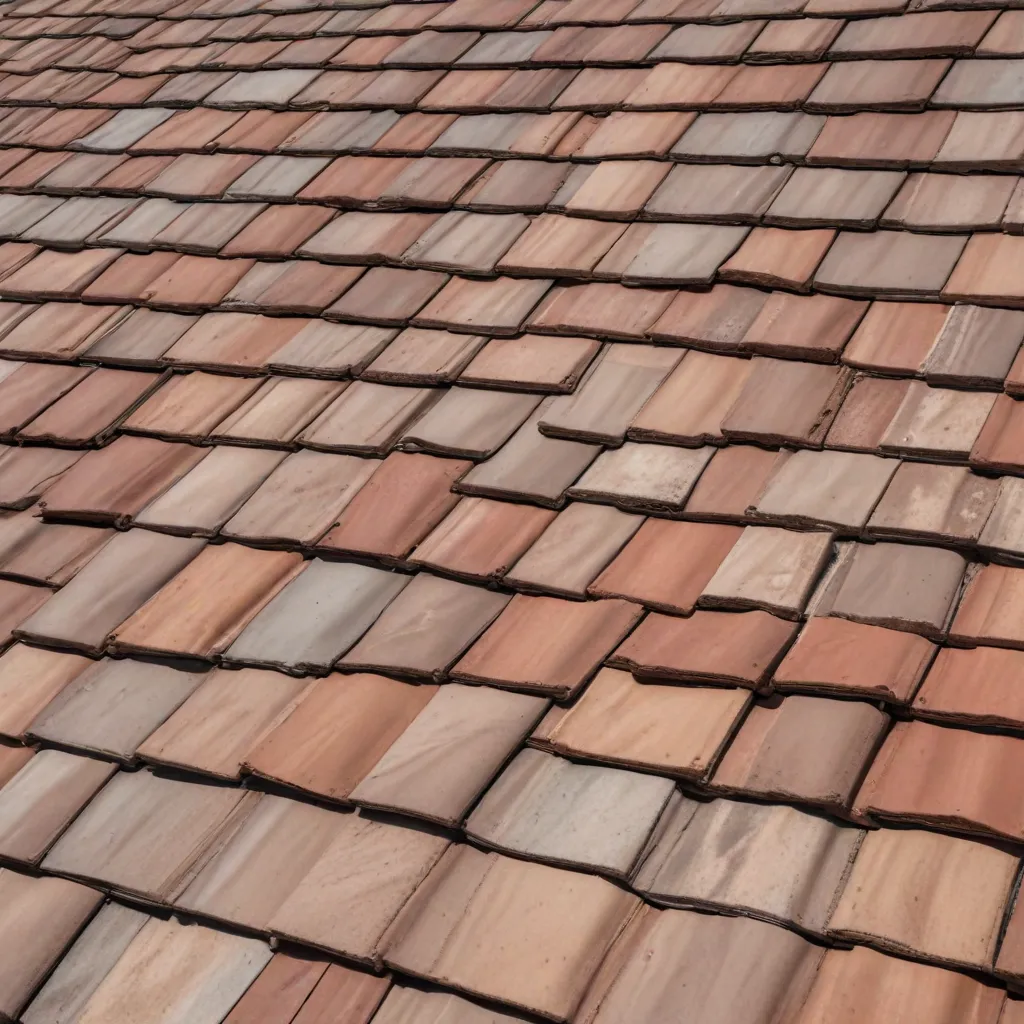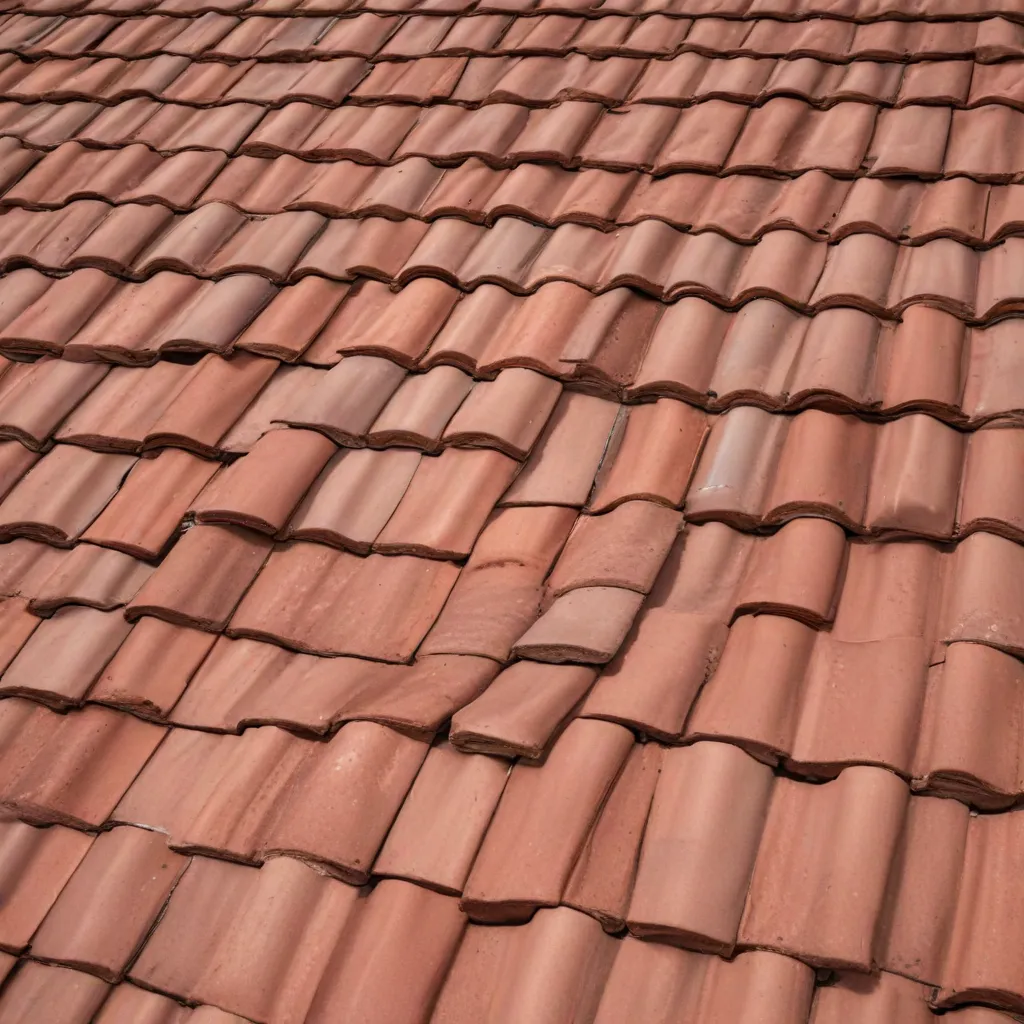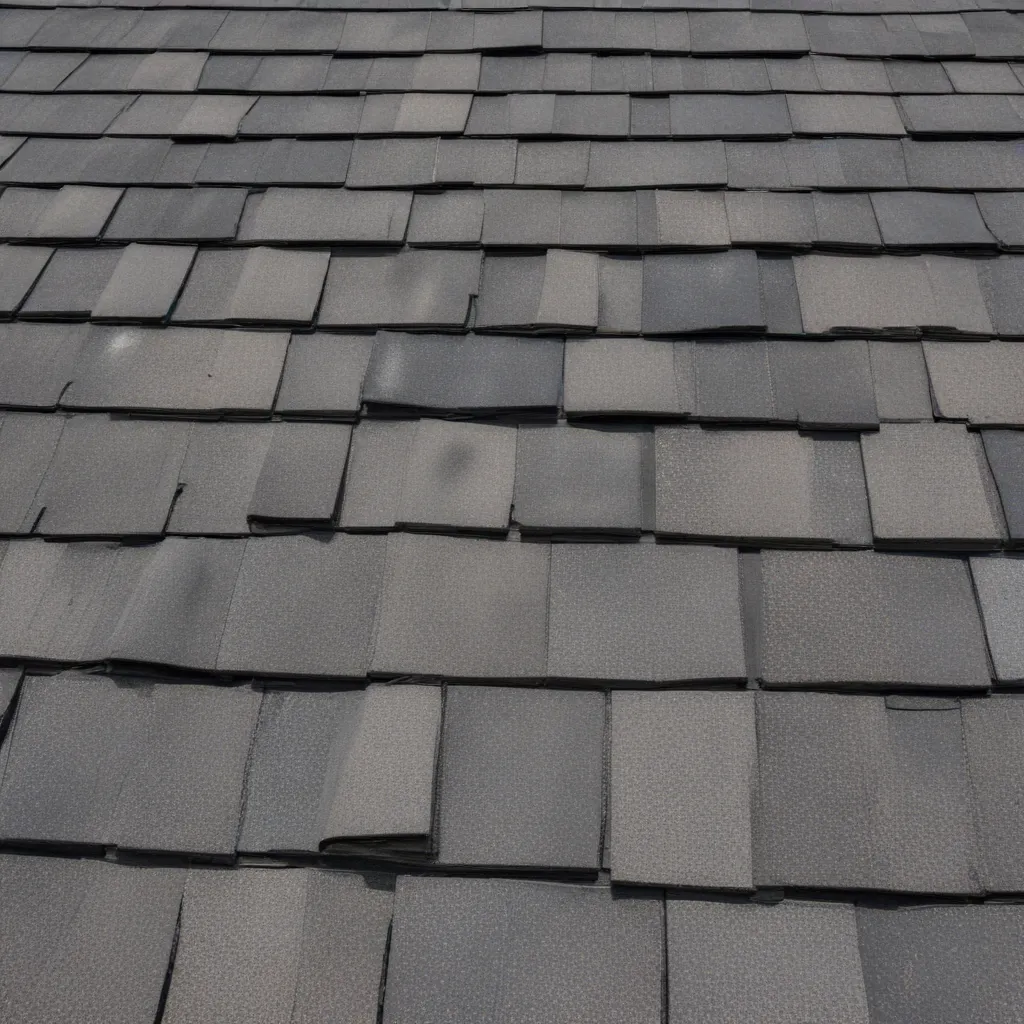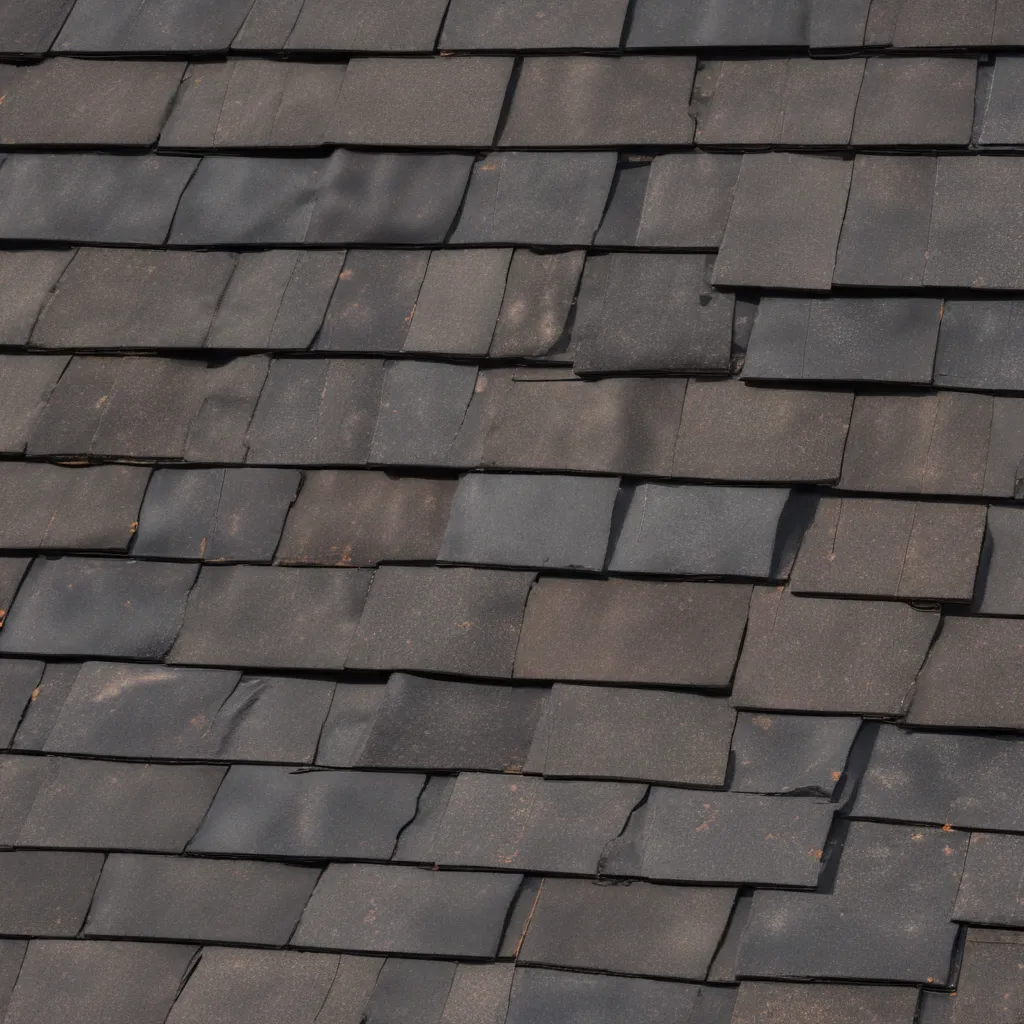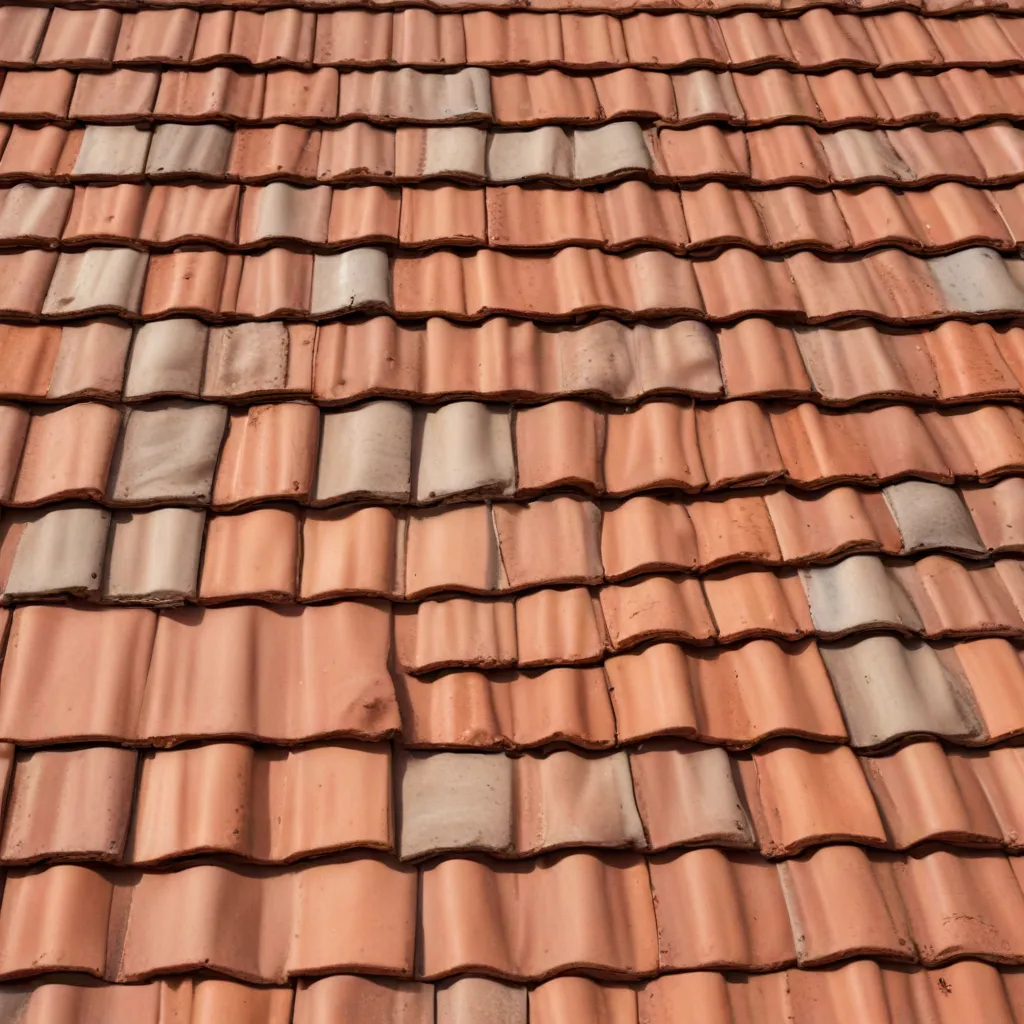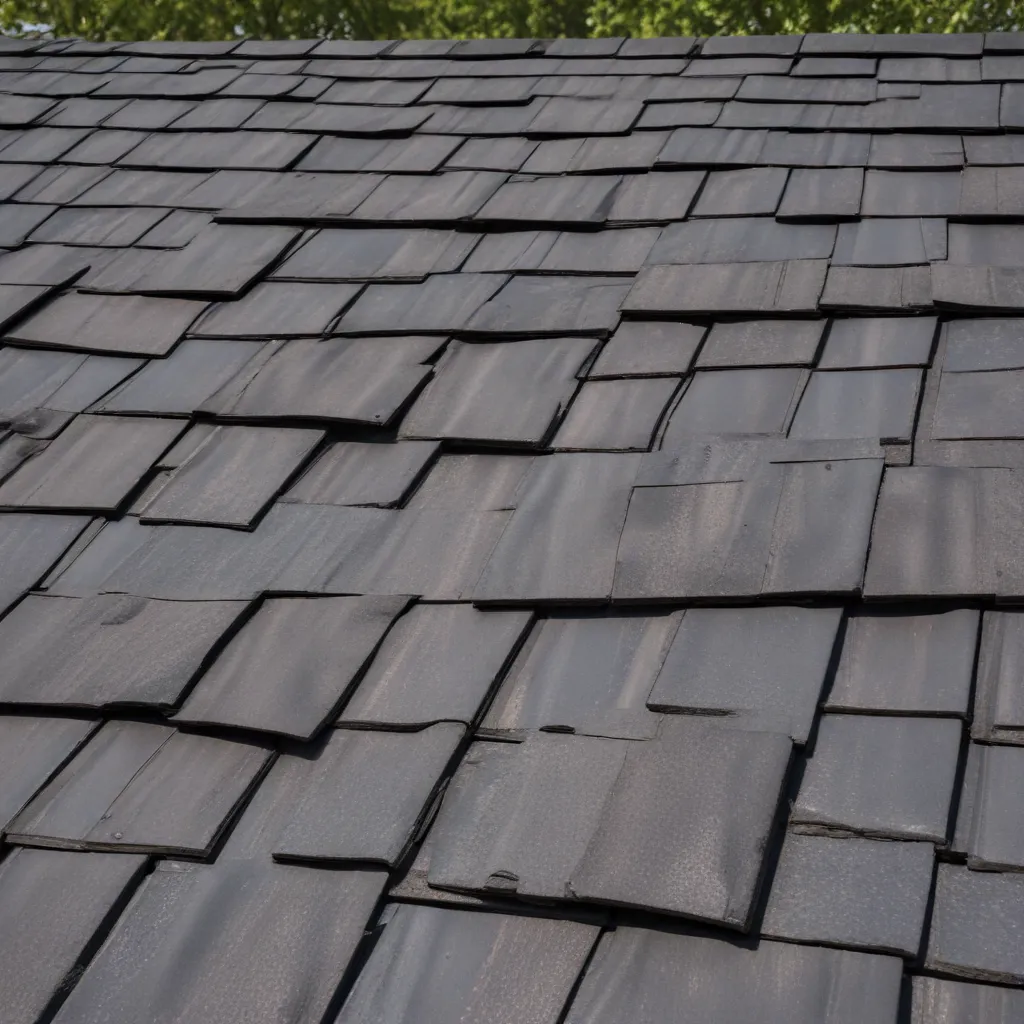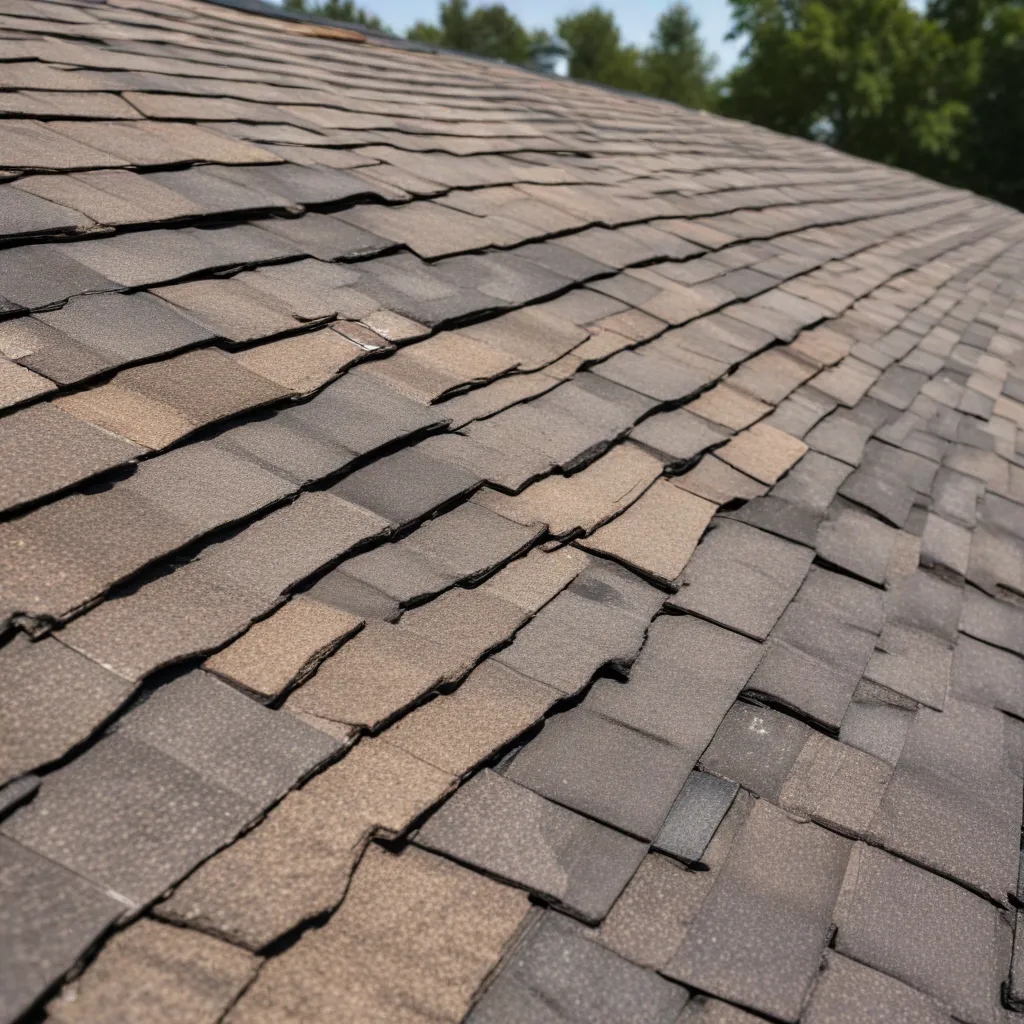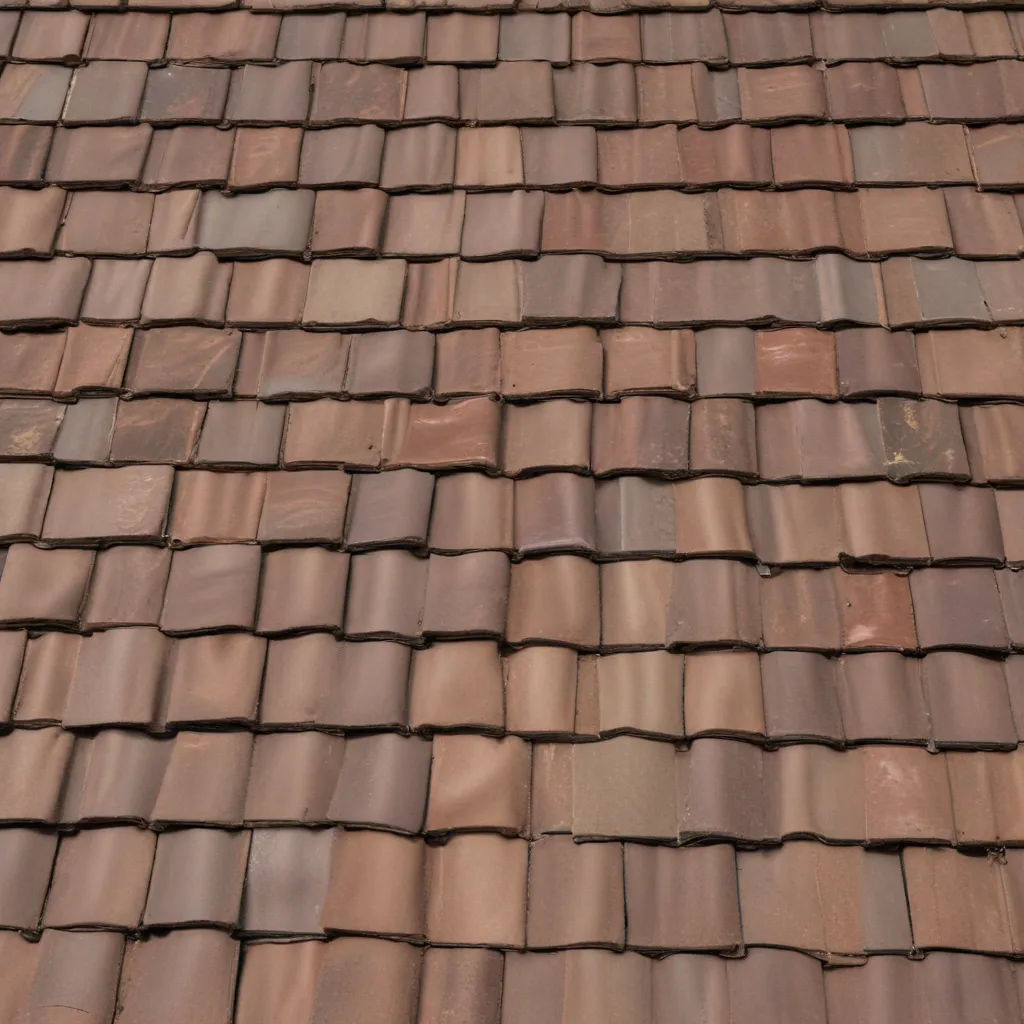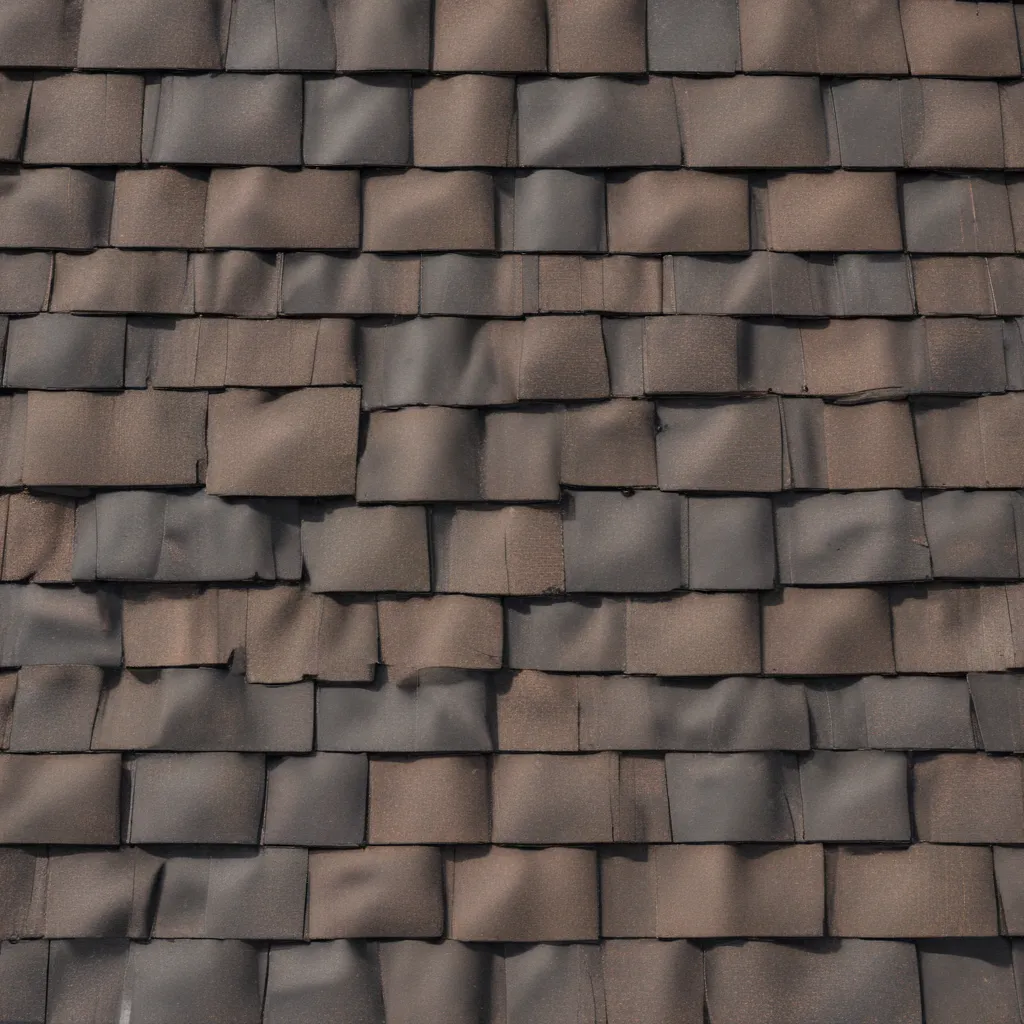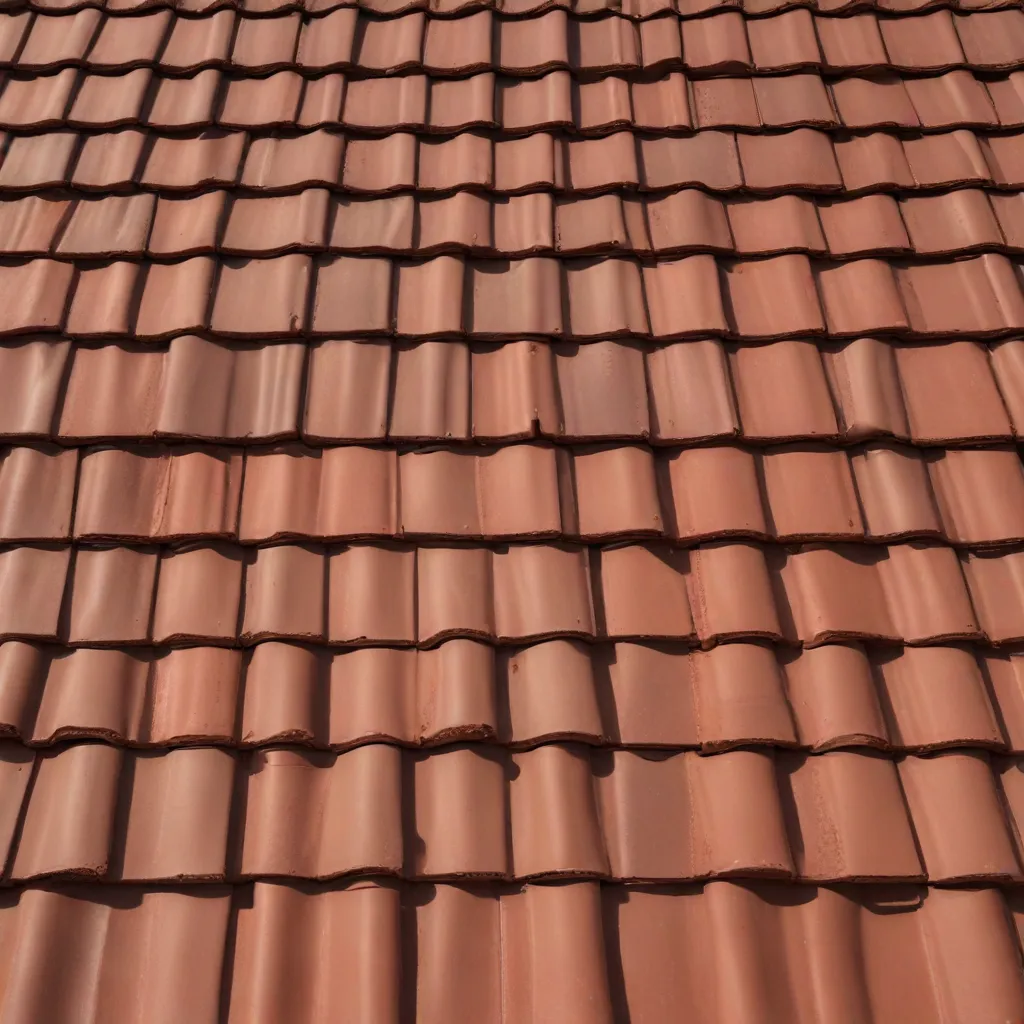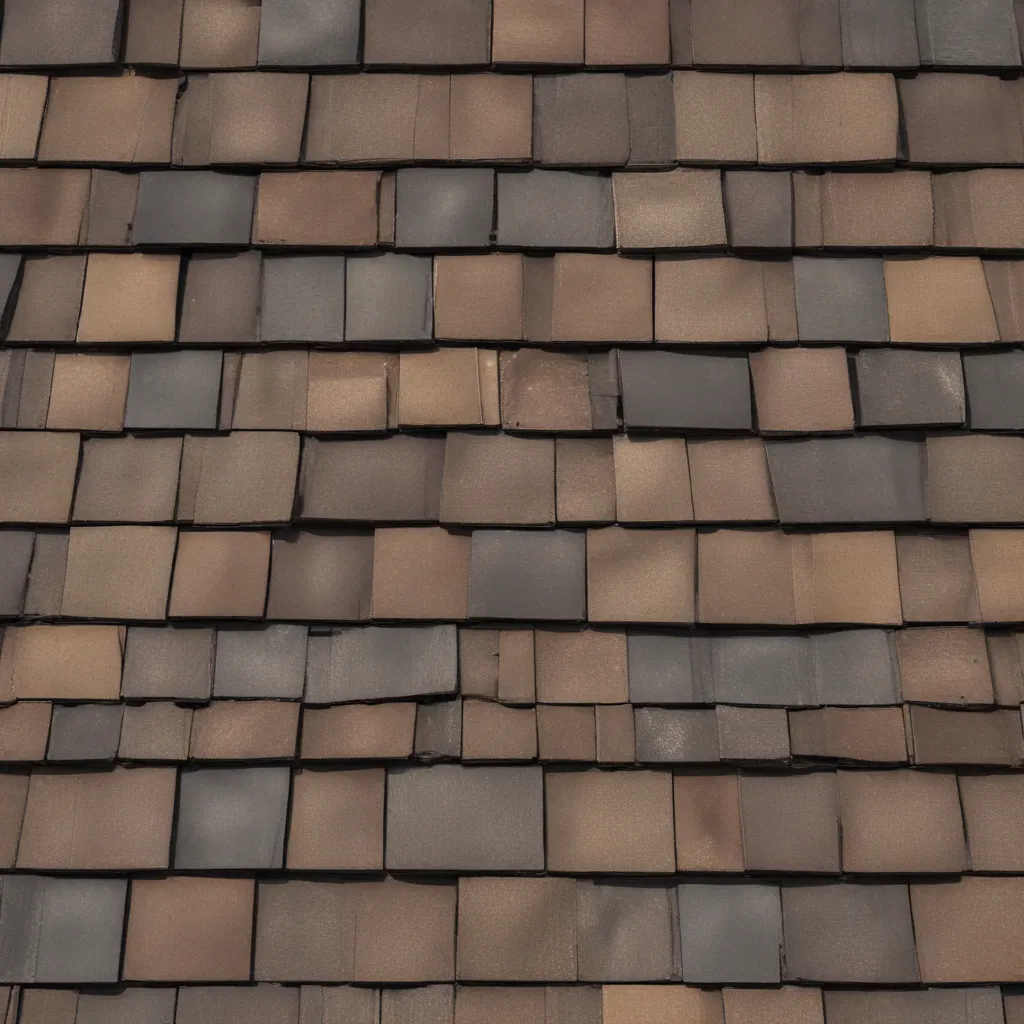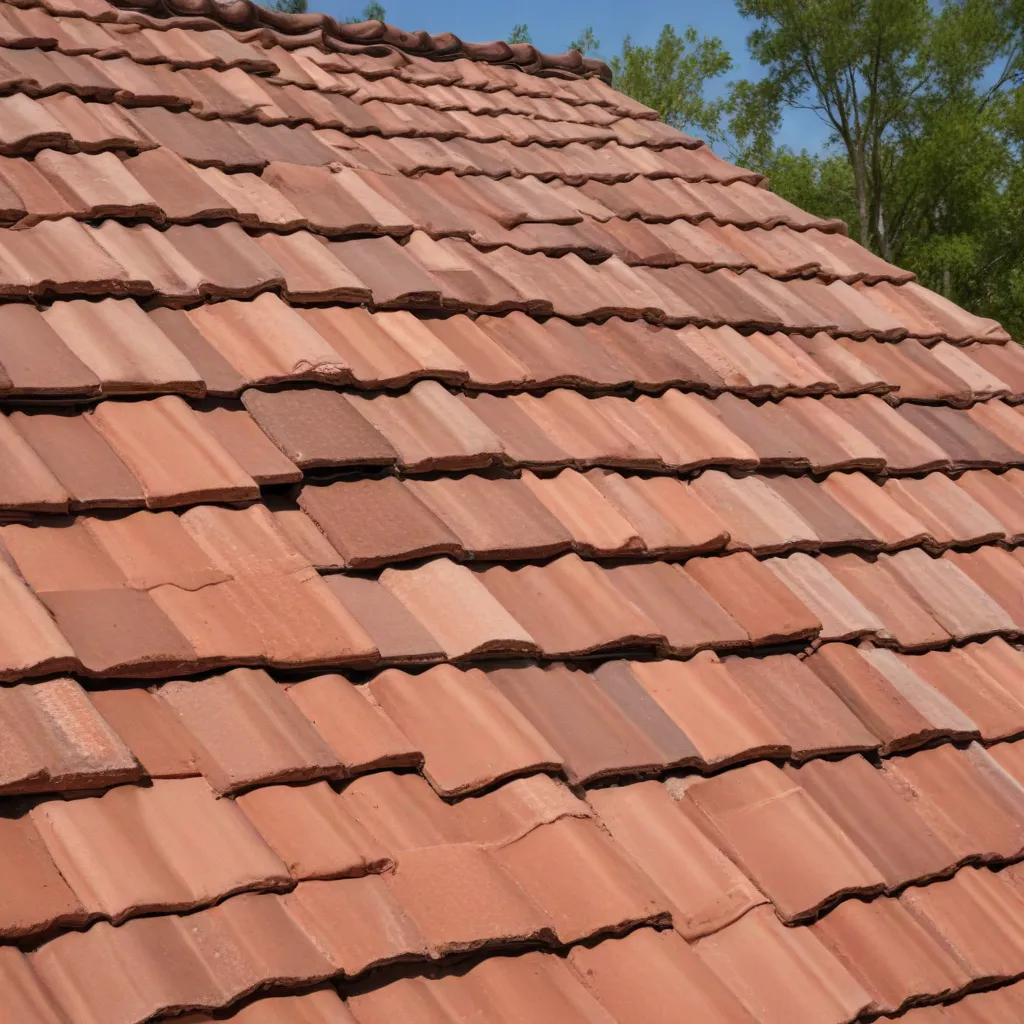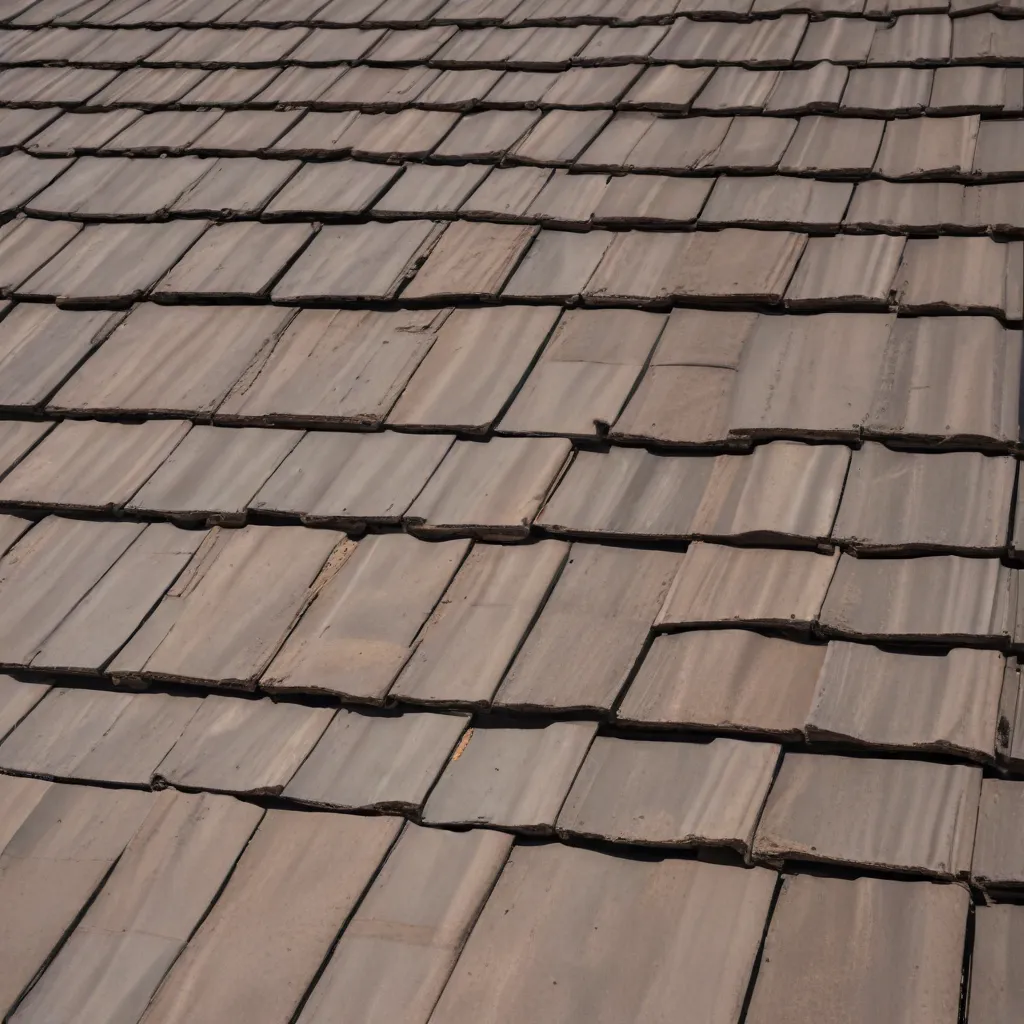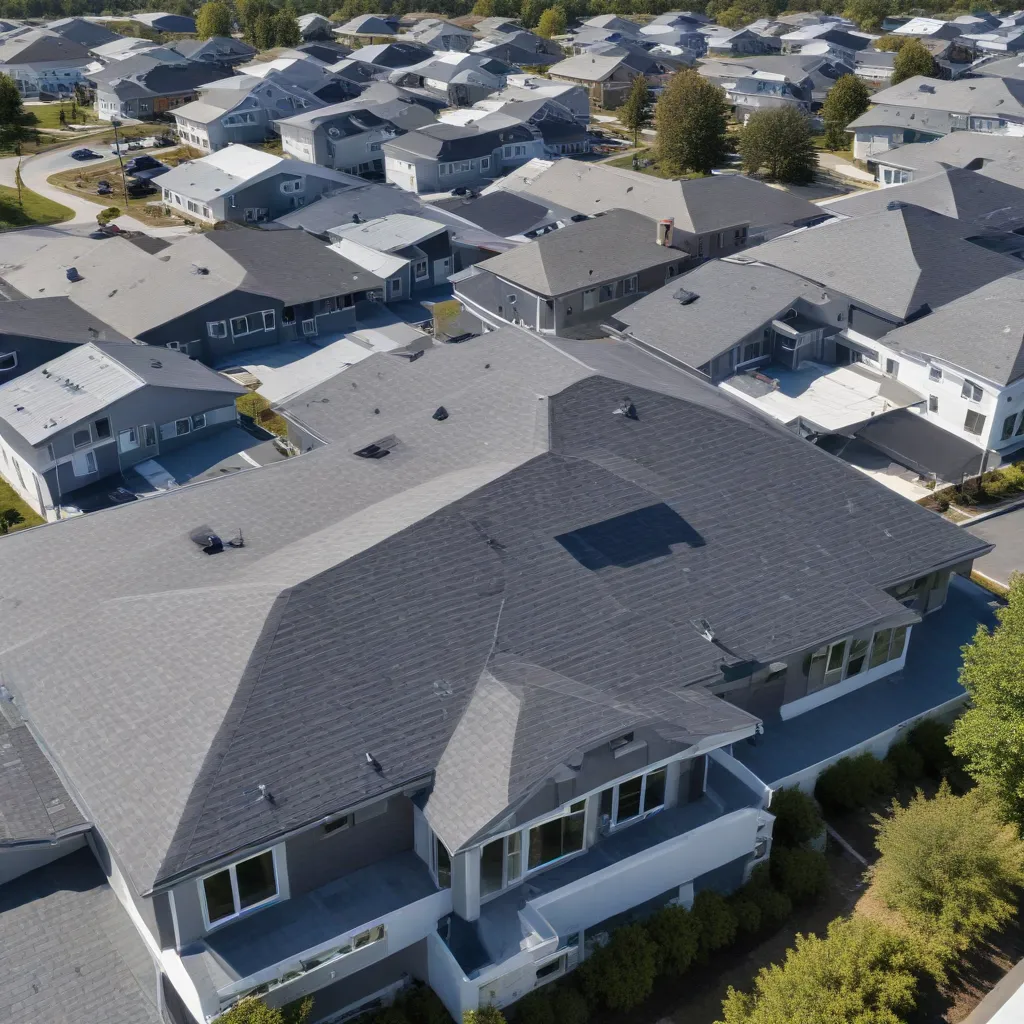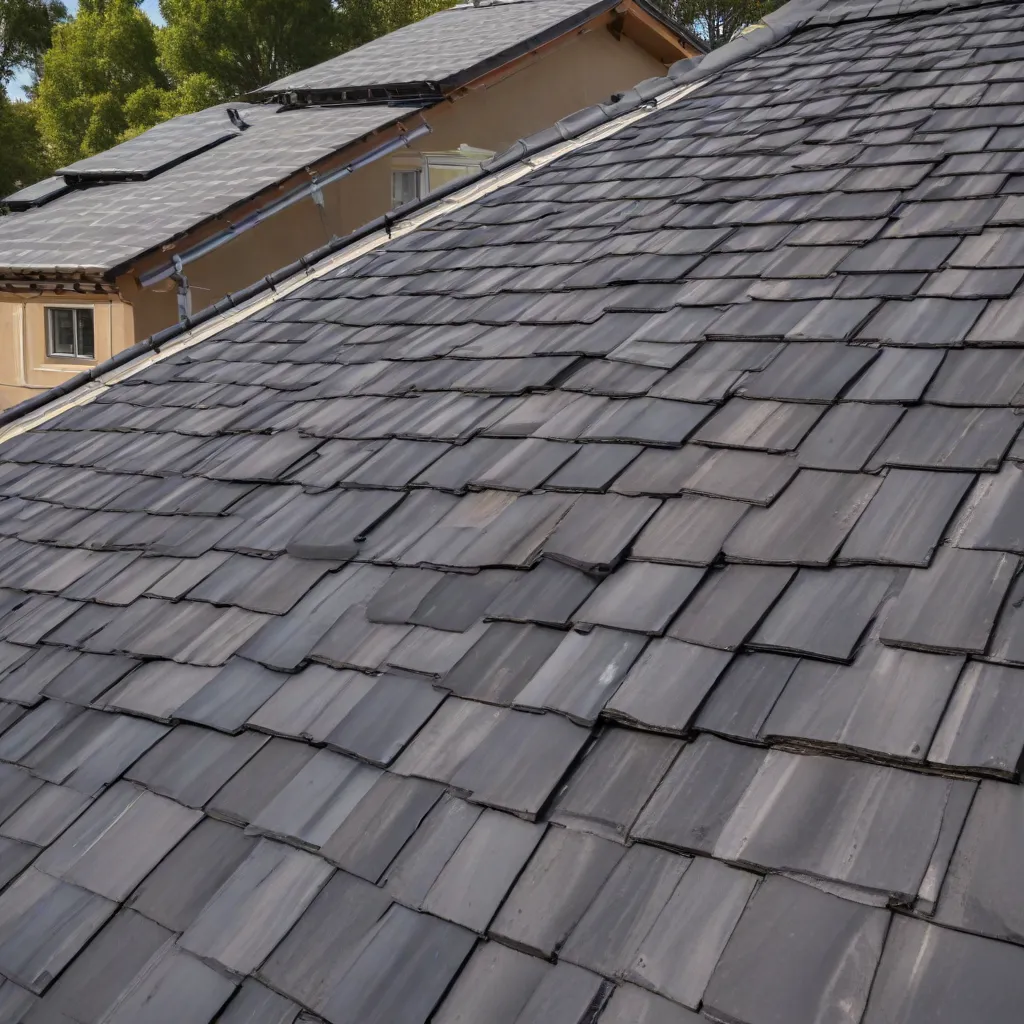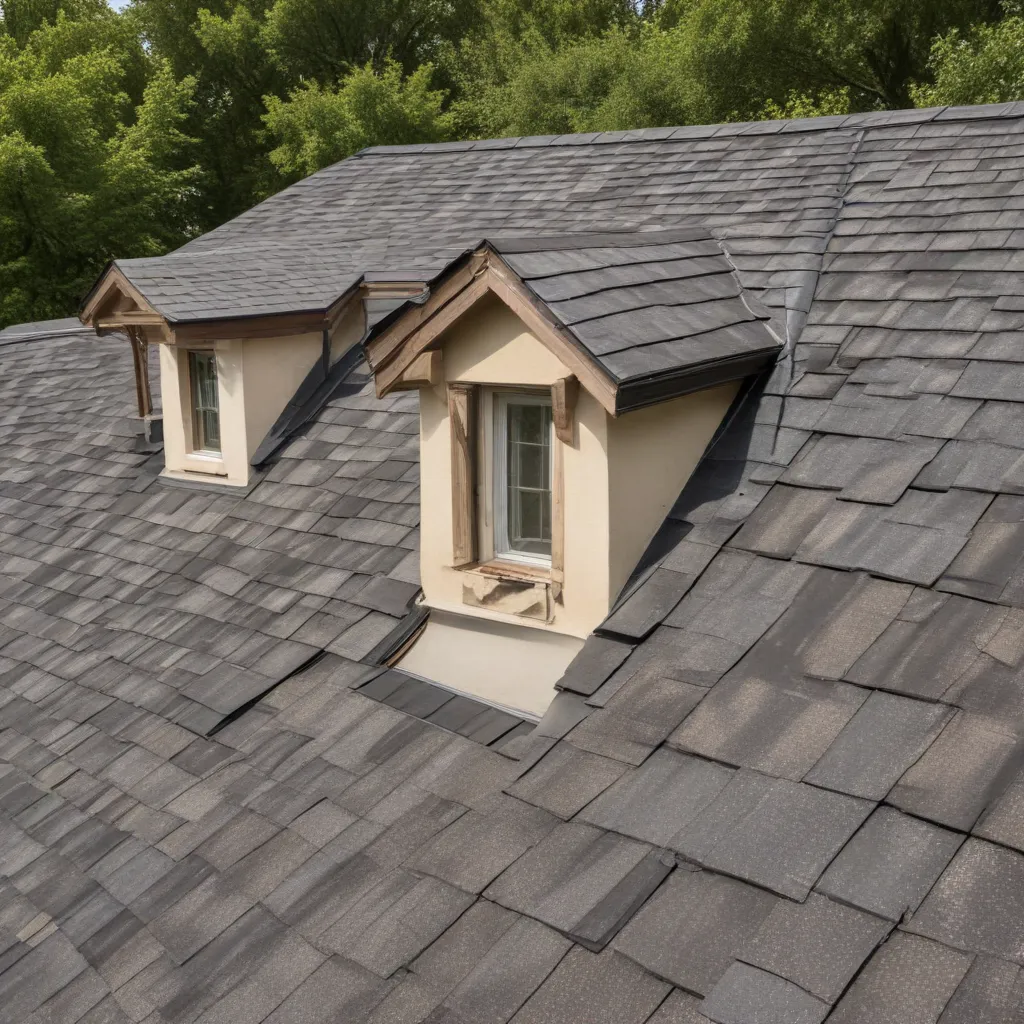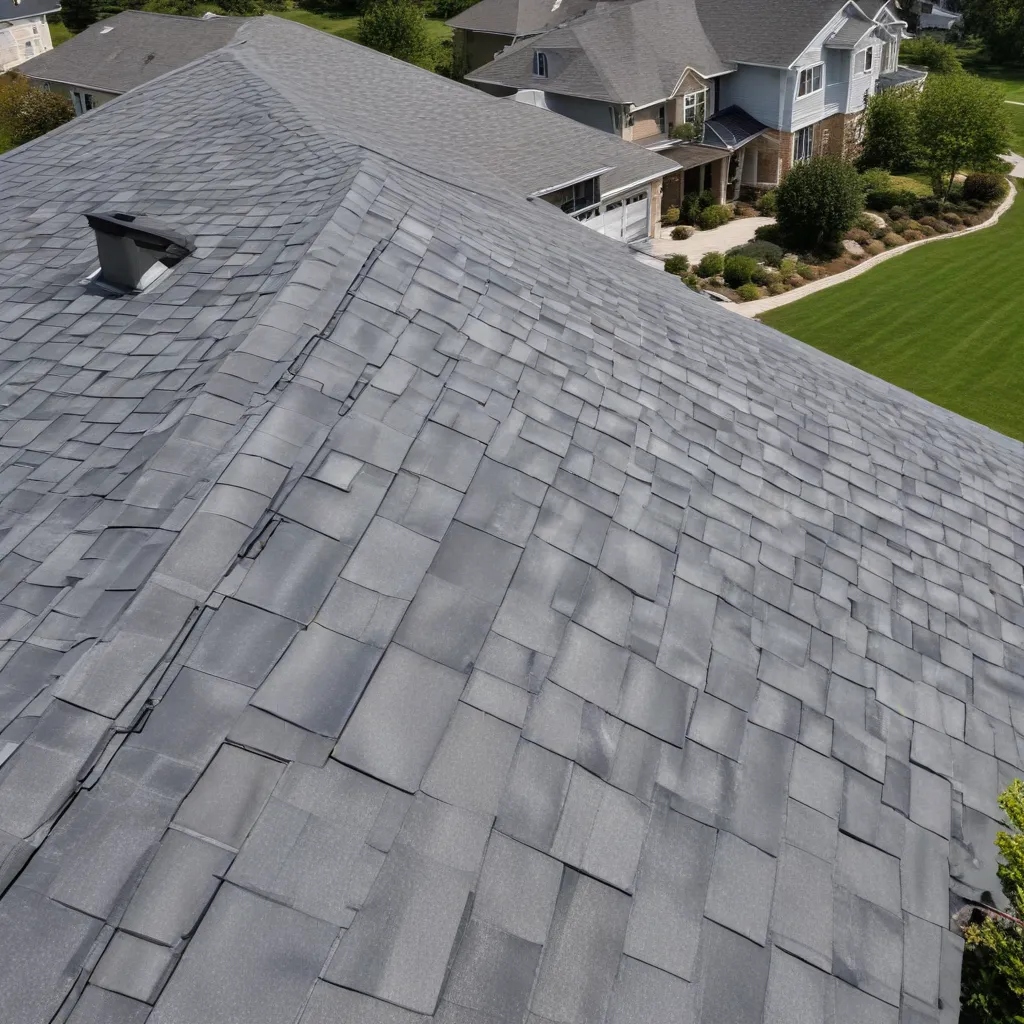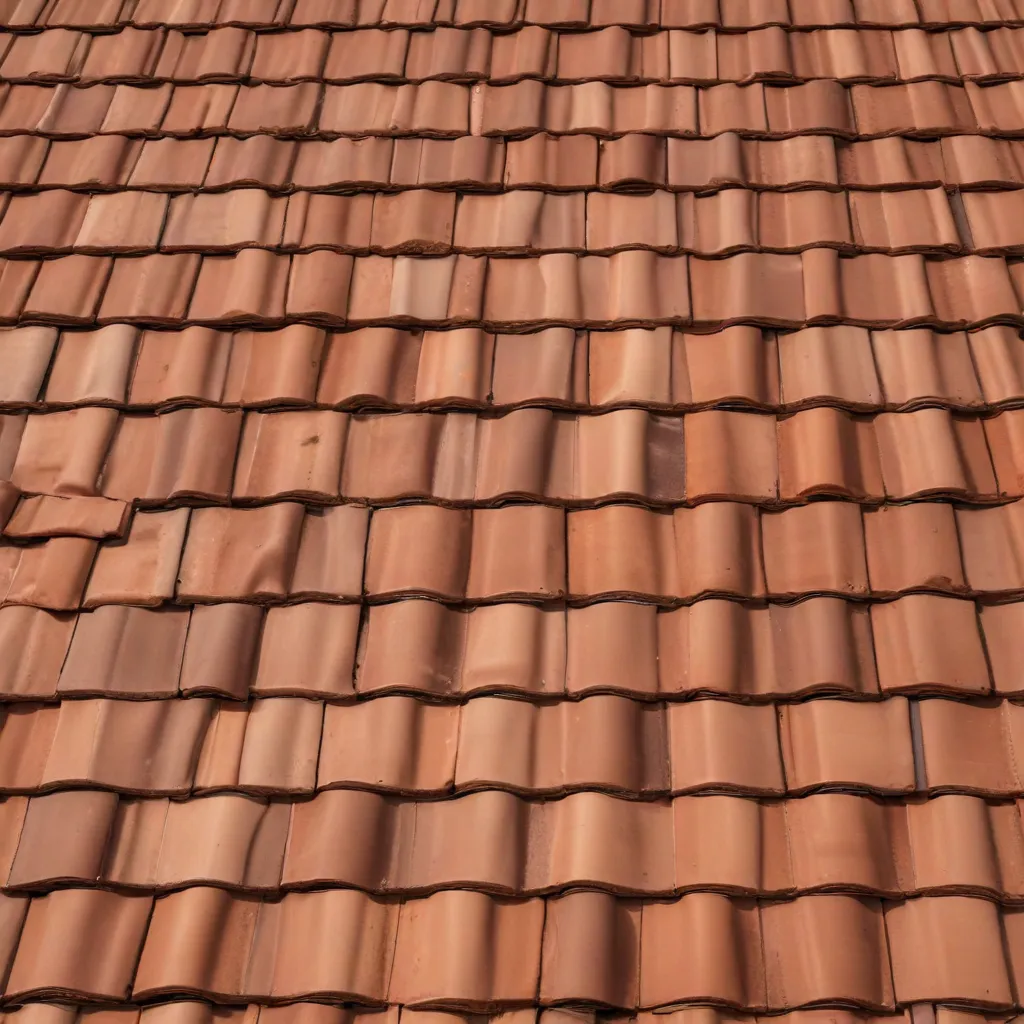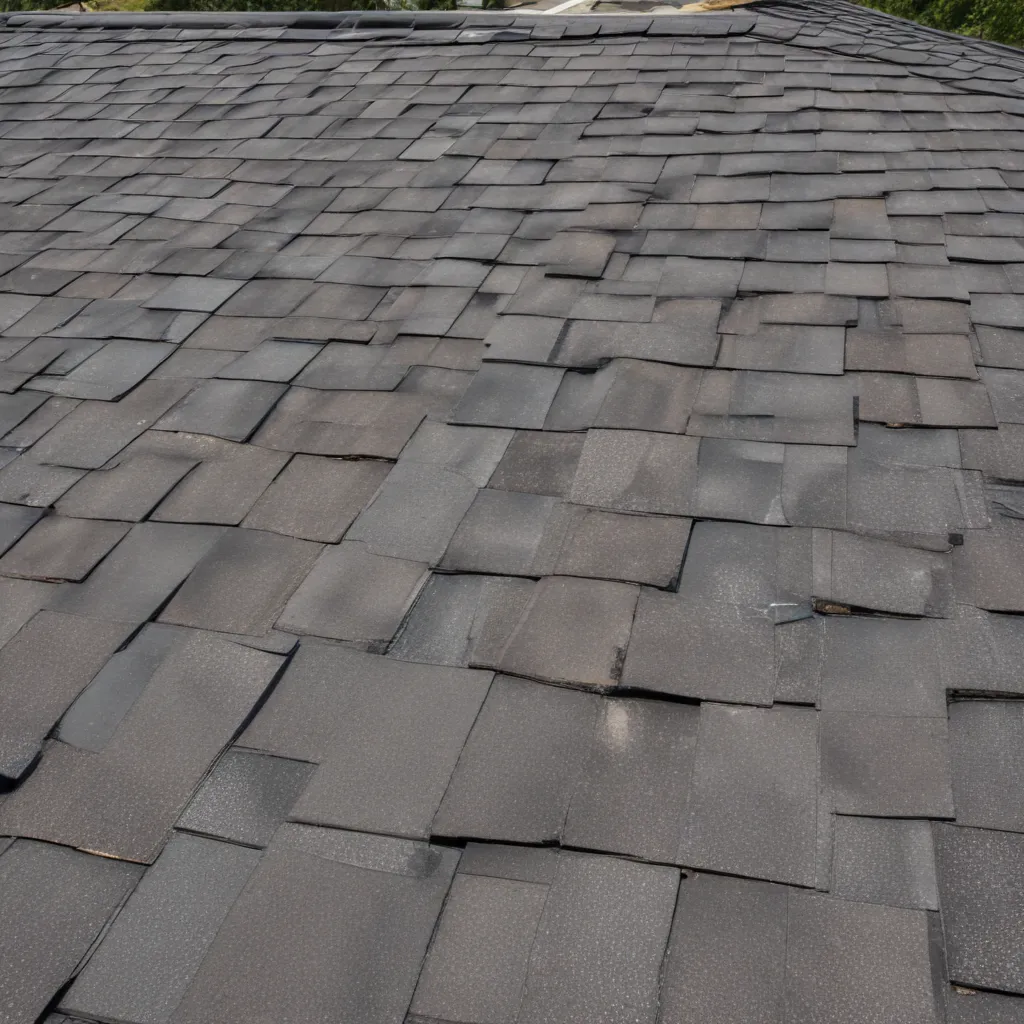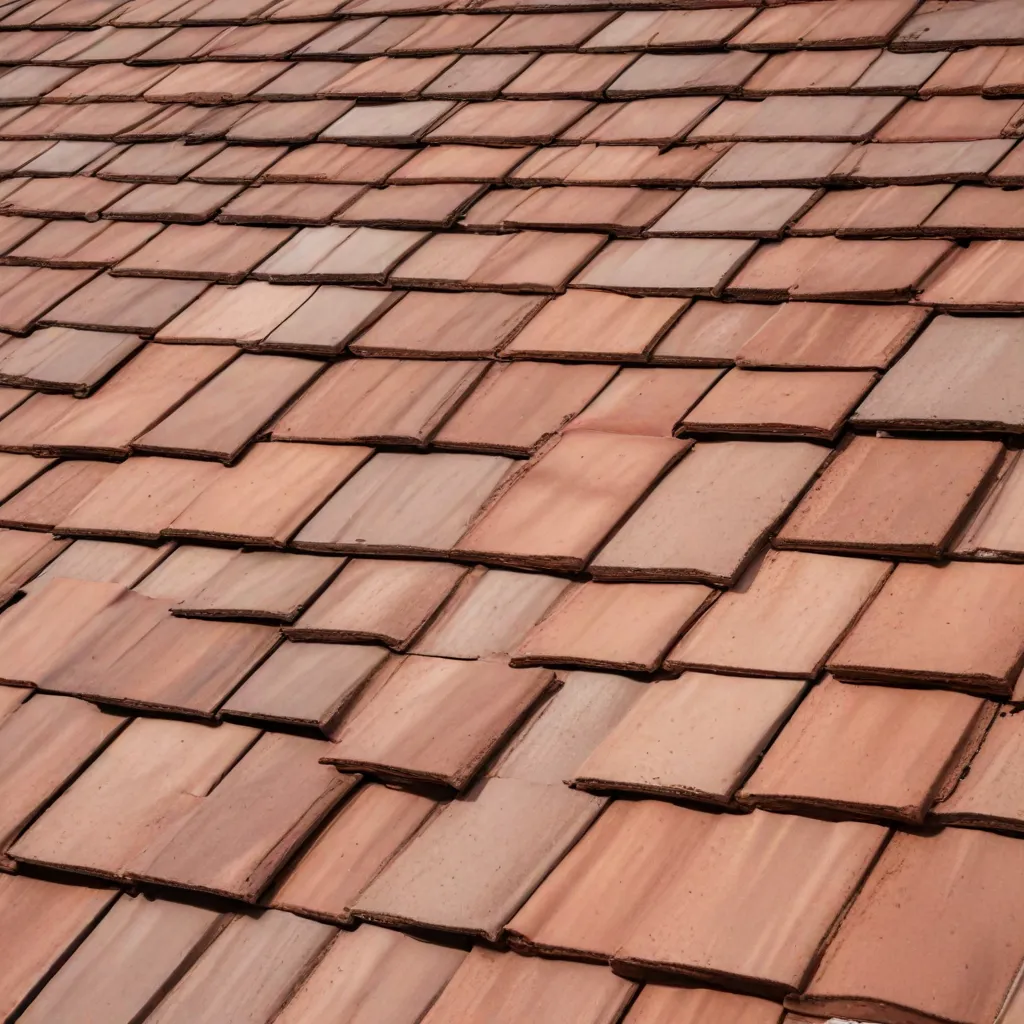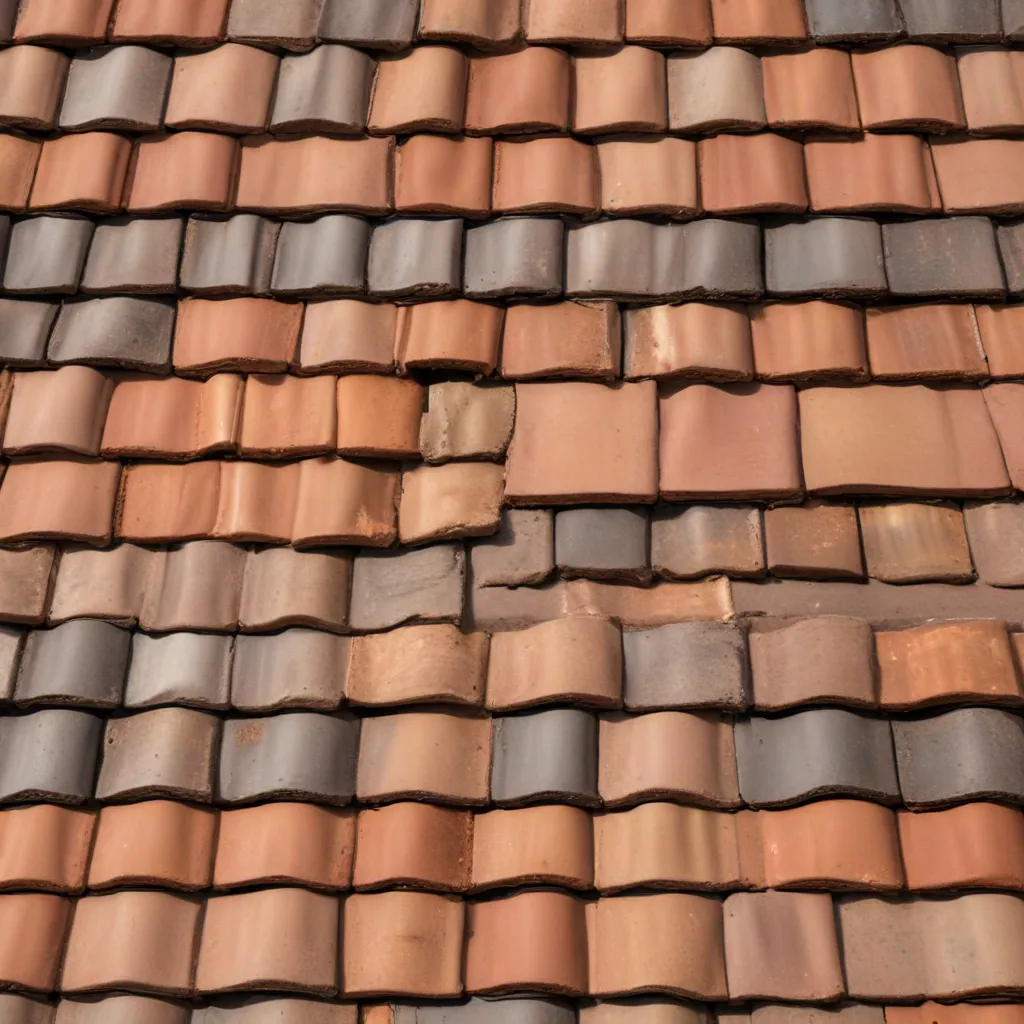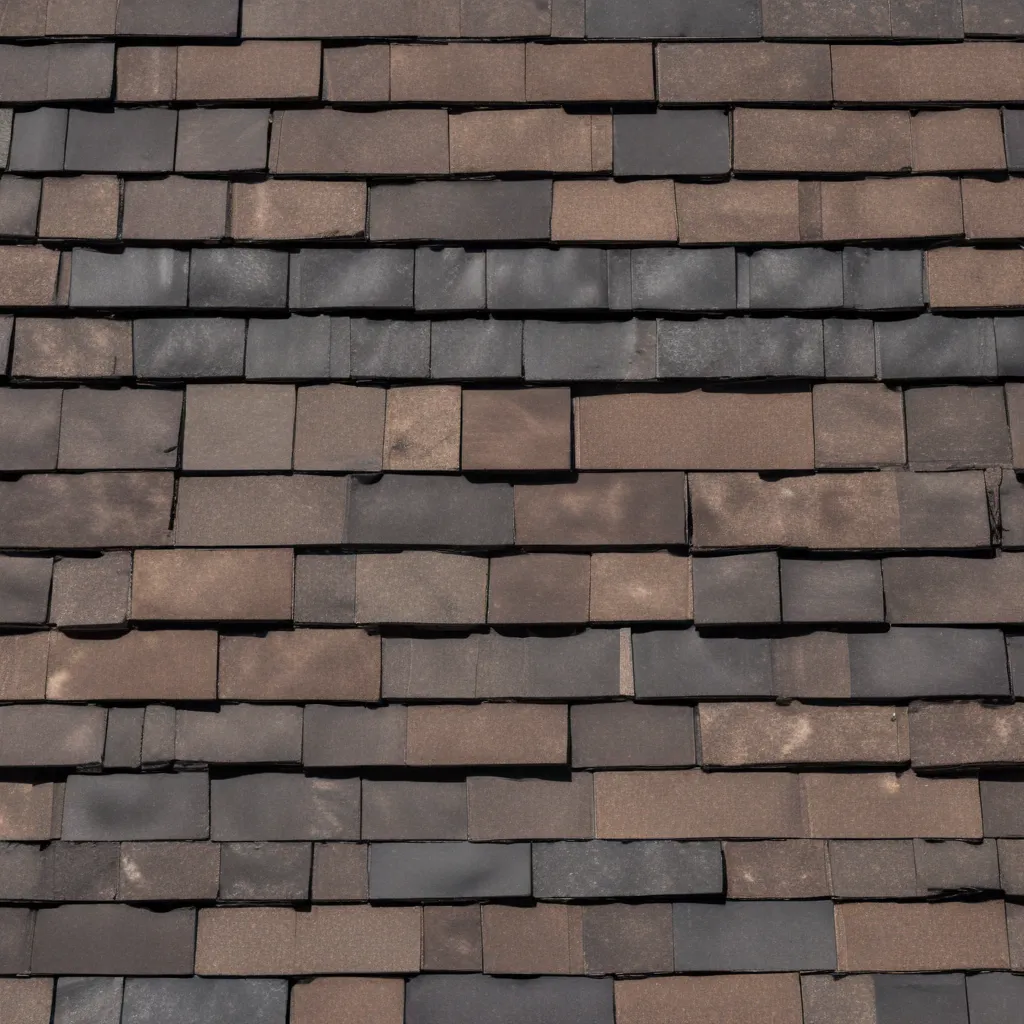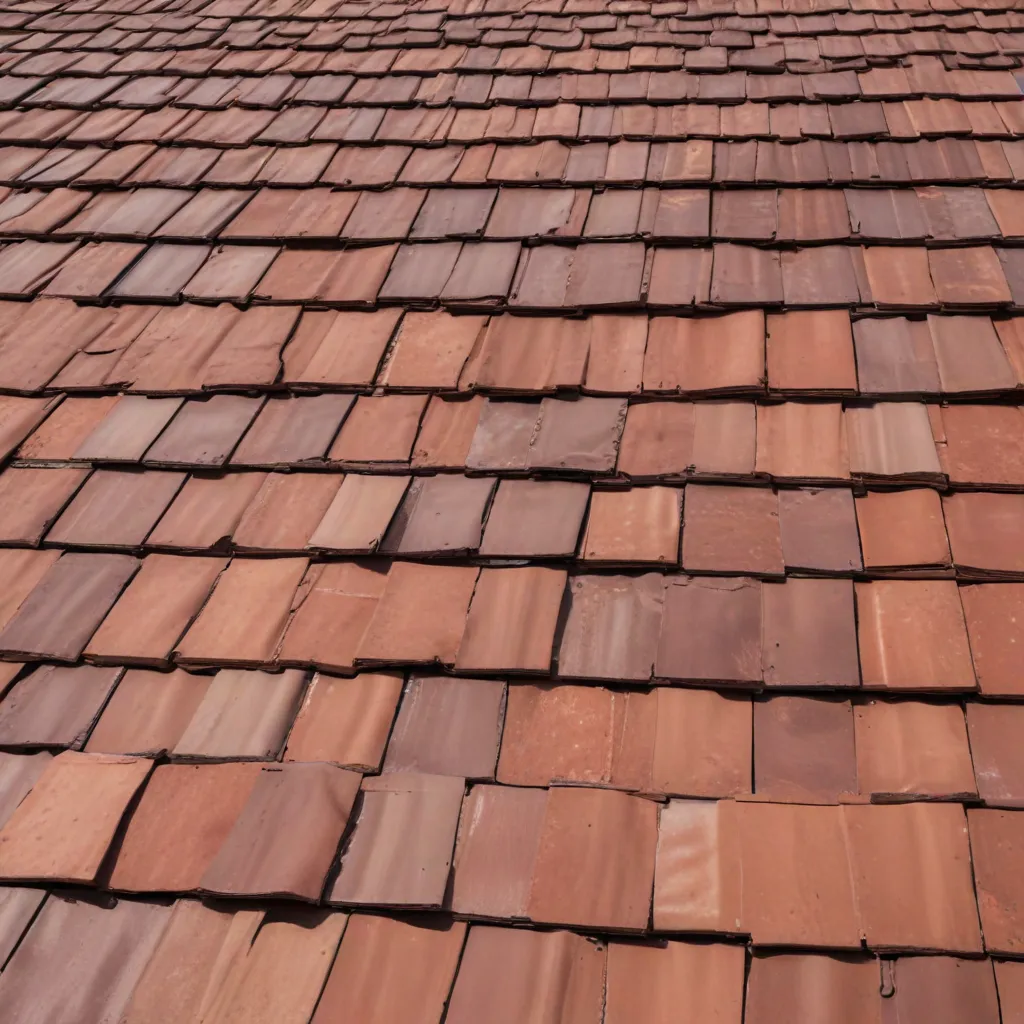When it comes to maintaining a healthy and efficient home, one often tends to focus on visible components such as windows, doors, and insulation. However, there is an often overlooked aspect that plays a vital role in the overall well-being of your home – proper roof ventilation. In this article, we will explore the importance of roof ventilation and why it should not be underestimated. By understanding the benefits and implementing the right ventilation system, you can ensure the longevity of your roof, improve energy efficiency, and enhance indoor air quality.
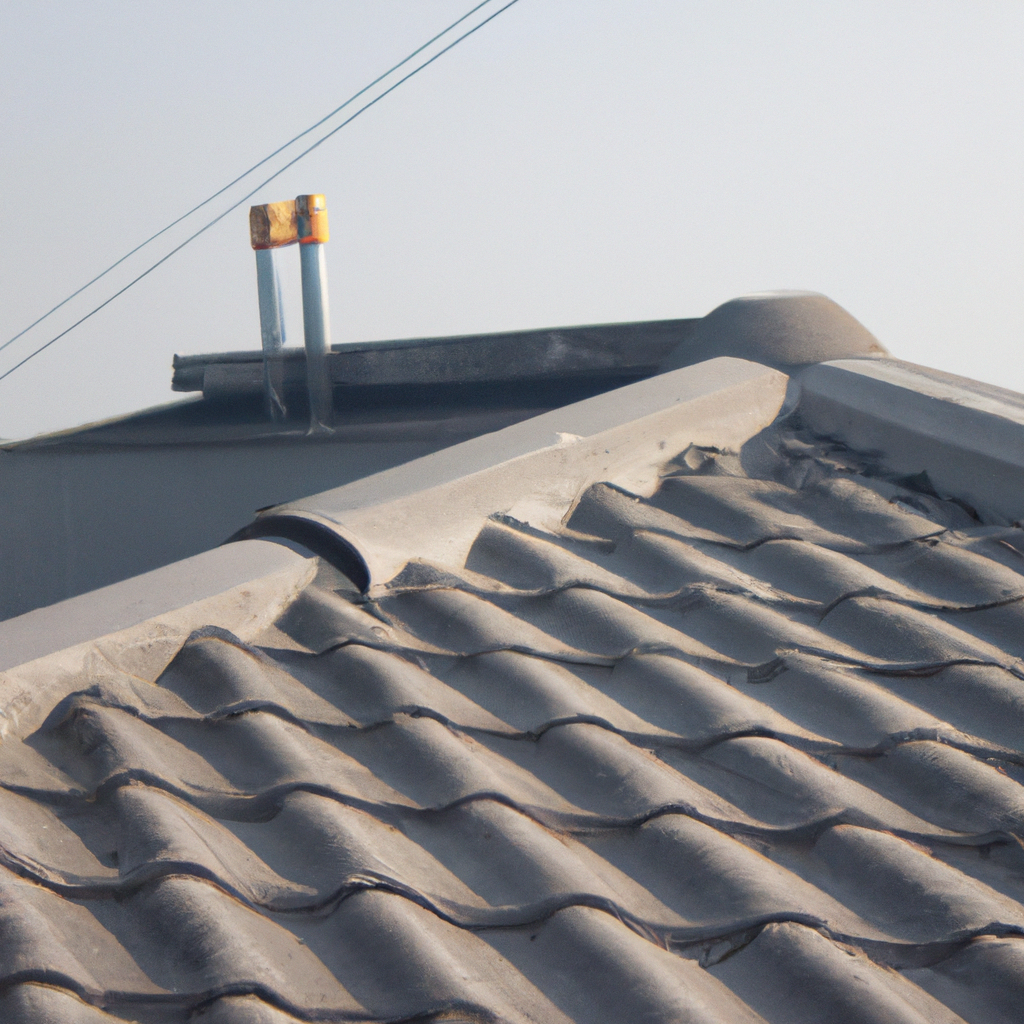
The Fundamentals of Roof Ventilation
Having a basic understanding of how roof ventilation works is essential before diving into its importance. Roof ventilation refers to the process of allowing air to flow freely in and out of the attic or roof space. It involves the intake of fresh air from the outside and the expulsion of stale, hot air from inside the attic. This exchange of air helps to regulate temperature, control moisture levels, and prevent potential damage to the roof structure.
Benefits of Proper Roof Ventilation
1. Extending Roof Lifespan
One of the primary benefits of proper roof ventilation is the extension of your roof’s lifespan. Excessive heat buildup in the attic can cause the roof shingles to overheat, leading to premature deterioration. By allowing hot air to escape through proper ventilation, the temperature inside the attic is reduced, minimizing the risk of roof damage and increasing its durability.
2. Moisture Control
Moisture buildup in the attic can lead to mold growth, rotting of wood, and damage to insulation. Proper roof ventilation helps to prevent these issues by allowing moisture-laden air to escape and replacing it with fresh, dry air. This helps to maintain optimal humidity levels, reducing the risk of structural damage and ensuring a healthy living environment.
3. Energy Efficiency
Improper roof ventilation can significantly impact the energy efficiency of your home. In hot climates, a poorly ventilated attic can trap heat, making your cooling system work harder and increasing energy consumption. Conversely, during colder months, inadequate ventilation can lead to the formation of ice dams, which can damage the roof and increase heating costs. By ensuring proper ventilation, you can reduce energy usage and save on utility bills.
4. Improved Air Quality
Stagnant air in the attic can become a breeding ground for pollutants, including dust, allergens, and volatile organic compounds (VOCs). These contaminants can find their way into your living spaces, compromising indoor air quality and potentially impacting the health of your family. Proper roof ventilation promotes air circulation, preventing the buildup of pollutants and ensuring a healthier environment for everyone.
5. Prevention of Ice Dams
In regions experiencing cold winters, ice dams can be a significant problem. Ice dams form when warm air from the attic melts the snow on the roof, which then refreezes near the eaves, causing water to back up and potentially leak into the house. Proper roof ventilation helps to regulate attic temperature, preventing the formation of ice dams and protecting your home from water damage.
6. Energy Savings
Proper roof ventilation not only improves energy efficiency but also leads to long-term cost savings. By reducing the strain on your heating and cooling systems, you can lower energy consumption and, ultimately, decrease your utility bills. This investment in proper ventilation can pay off over time, making it a wise choice for both your wallet and the environment.
Implementing Proper Roof Ventilation
Now that we understand the importance of proper roof ventilation, it’s time to explore the various options available for its implementation. There are two key components to consider: intake vents and exhaust vents.
Intake Vents
Intake vents are responsible for allowing fresh air to enter the attic space. They are typically installed along the eaves or soffits of the roof. Common types of intake vents include soffit vents, gable vents, and ridge vents. The location and number of intake vents depend on factors such as the size of the attic and the climate in which you live.
Exhaust Vents
Exhaust vents, as the name suggests, are responsible for expelling hot, stale air from the attic. They are typically installed near the top of the roof or at the ridgeline. Examples of exhaust vents include ridge vents, static vents, and power vents. The choice of exhaust vents depends on factors such as the roof slope, attic size, and local building codes.
Conclusion
Proper roof ventilation is an essential aspect of maintaining a healthy and efficient home. By implementing the right ventilation system, you can extend the lifespan of your roof, prevent moisture-related issues, improve energy efficiency, enhance indoor air quality, and protect your home from ice dams. Don’t overlook the importance of roof ventilation – it is a valuable investment that can save you money in the long run while ensuring a comfortable and safe living environment. So, take the necessary steps to evaluate and improve your roof’s ventilation today!

